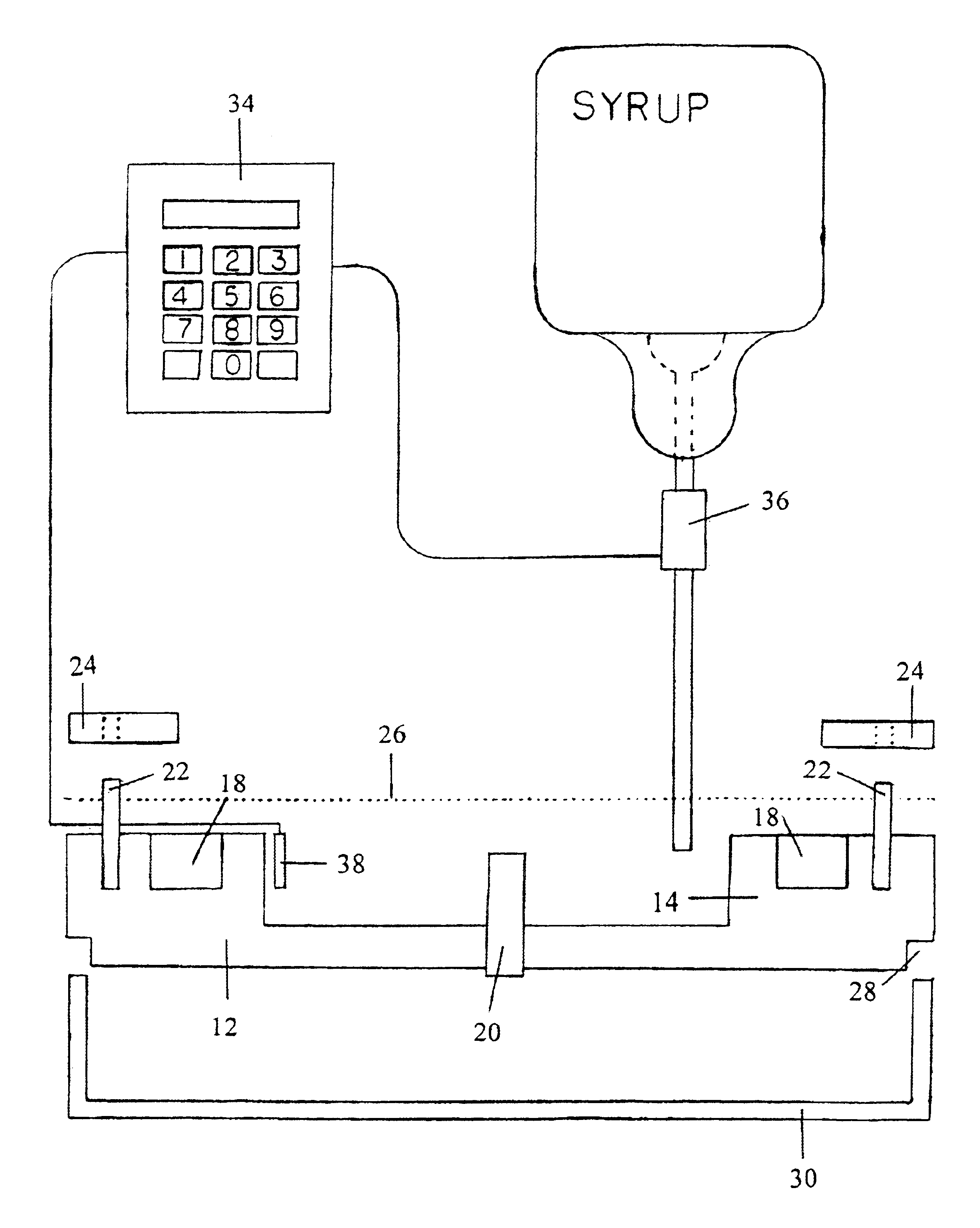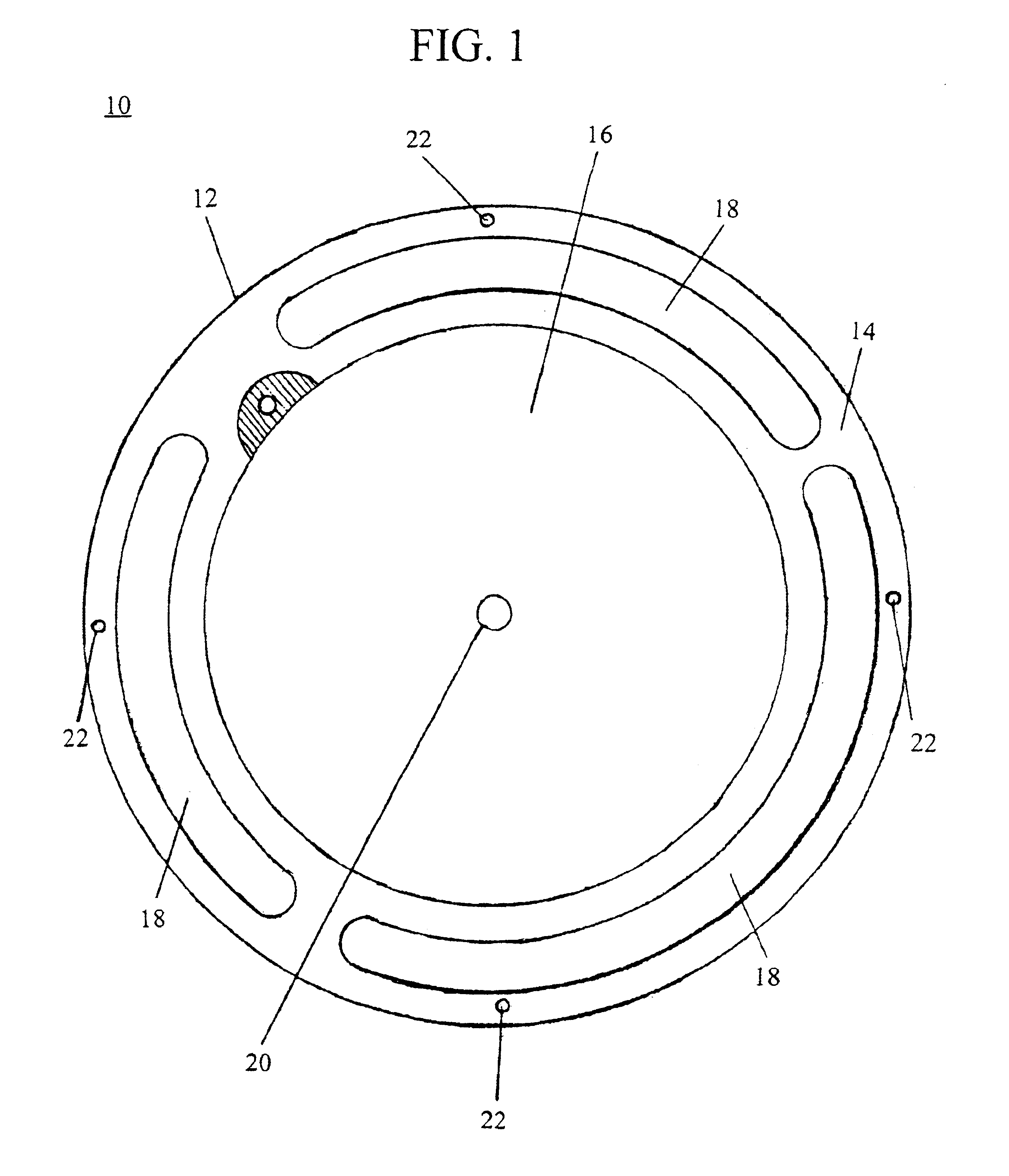Method and apparatus for conditioning honey bees
a honey bee and conditioning technology, applied in the field of honey bee conditioning methods and equipment, can solve the problems of difficult and time-consuming, honey bees will not be effective pollinators, and the origin of novel chemical vapor sources such as unexploded ordinances and buried land mines
- Summary
- Abstract
- Description
- Claims
- Application Information
AI Technical Summary
Benefits of technology
Problems solved by technology
Method used
Image
Examples
Embodiment Construction
[0014]The subject invention involves a method of conditioning bees to search for a specific odor. The bees are conditioned to seek out a non-rewarding source and will continue to seek that source for more than 30 days. Devices to facilitate these methods including feeding / conditioning means and a controller delivery feeding system are also described.
[0015]The method used to condition honey bees to search for specific chemical signatures in the environment utilizes their natural behaviors. It is necessary to break any focus the bees may have on existing natural food resources and entrain them on an artificial food substrate that is marked with the new chemical odor for which the bees are to be directed to search. Generally, the process is initiated by pre-positioning bee hives in a staging area at least 2 miles from the designated search area, applying the target odor to the hives, placing bulk feeders marked with the target odor near the hives, repositioning the bulk feeders about t...
PUM
 Login to View More
Login to View More Abstract
Description
Claims
Application Information
 Login to View More
Login to View More - R&D
- Intellectual Property
- Life Sciences
- Materials
- Tech Scout
- Unparalleled Data Quality
- Higher Quality Content
- 60% Fewer Hallucinations
Browse by: Latest US Patents, China's latest patents, Technical Efficacy Thesaurus, Application Domain, Technology Topic, Popular Technical Reports.
© 2025 PatSnap. All rights reserved.Legal|Privacy policy|Modern Slavery Act Transparency Statement|Sitemap|About US| Contact US: help@patsnap.com



